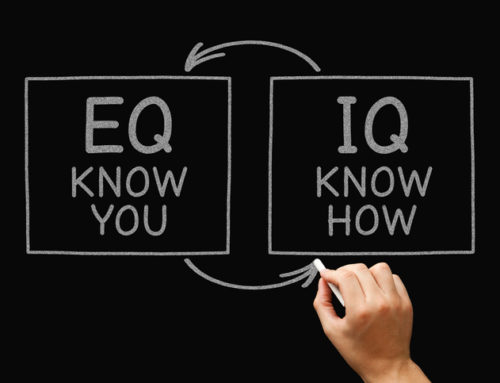by David Bork
Form follows function. This means that the form or shape of a structure is correlated to the purpose or function of that structure.
There have been some dramatic mistakes in nature, but for some reason, some of them seem to work. There is the matter of the size of the avocado pit. I think it is simply too large. When I look at a camel I think it looks like a creature created by a poorly functioning committee. Having the right shape, structure and form is important and it is equally important to change when the conditions dictate. There are plenty of extinct animals that went by the wayside because they could not change or adapt to evolving conditions.
This concept of adapting, evolving or changing also applies to family-owned businesses. Often a family business is structured to reflect the way in which the family interacts in the home and at the dinner table. The business structure has more to do with family member interaction and less to do with the nature of the business. It is all about family. When this occurs it can be a formula for disaster, and at the least it puts the business at risk.
Currently I am working with a family business where the structure of the business causes total chaos throughout the business. In the family there are four adults, children of the founder. They constitute the second generation. In the second generation, all activities and functions were organized around dividing things into four parts, making certain that each person “got their share.“ That meant managing a part of the business. It also meant sticking your nose into other family members’ areas of jurisdiction.
The business I am writing about in this column owns and develops real estate — builds the infrastructure and buildings, retains ownership and enters into leases with tenants. It takes execution of many discrete functions to make it all work. Included are such functions as accounting, personnel management, leasing, rent collection, maintenance of property, planning future projects and eventually developing them. At the second generation level, those family members each had their areas of jurisdiction AND they also shared their opinions and meddled in the areas for which their siblings had the assigned responsibility. It was complicated enough when there were only four. As part of the transfer of control, they passed everything to the ten members of the third generation.
If you think it was complex at the second generation, you are right. Now, at the third generation it is a giant mess, a mess that now threatens to undermine the entire company and diminish the value of the asset pool. This business needs help!
The first step is to analyze the functions that need to take place to make it work. It requires looking at the entire matrix of activity in a new light. Questions like “What does it take to get the job done?“ need to be asked. Repeated examination of the answer to this question and clustering the related functions will lead to organizing the related tasks. Each cluster becomes a unit of responsibility. It is likely that there will not be a place for every one of the ten persons in the third generation. There will definitely not be a top-level job for each of them.
This means that it is time to make job descriptions for the leadership of each function. What are the skills necessary to function as the leader of one of these units? Rather than simply assign a family member to one of these positions, as this family has in the past, they must adopt the policy that family members must have the necessary skills to operate in the position they hope to hold in the family enterprise.
A business functions best when the owners have a clear vision of the future and goals for the business. This vision, coupled with a standard for employment that is based on competence, forms the foundation for the success of the business. No business does well when there are less-than-competent persons in key positions.
At the present time I am taking this family through the process of analyzing the functions and restructuring the business. It is not an easy process for there are some family members who are constantly posturing and trying to protect the position they have held in the past. This requires careful and thorough discussions and a commitment to find the best structure for getting the work done. It cannot be a matter of ensuring everyone a job, but must be a matter of doing what is right for the business.
How each business is structured becomes a very strong influence on how it operates. There should be only as much structure as is necessary to get the job done. The most challenging element in the example I have used is changing the structure so there is a hierarchy in which people have clear responsibility for a job, have the authority to get the job done and are held accountable for the outcomes. When everyone dabbles in everything, it is impossible to hold anyone accountable for the outcome.
Here are a few questions to consider:
- Does the structure we now have allow us to operate our business in the most effective manner?
- What is the minimum structure we require to run our business?
- How do we hold persons accountable for their performance and the outcomes of the section or division they lead?
- Do we have clear job descriptions for each position and do we require demonstrated competence from the persons we place in those positions?
- Can we operate with fewer persons involved?
- What is our shared vision for the company?
These are the questions the example family is addressing. From their discussion they will create a new structure based on the concept that the form of their business will determine the function. Out of this will come a refined structure, greater efficiency and higher profitability. This should be the goal of every family business.
Does Your Family Business Need Help?
Family Business Matters has extensive experience assisting family businesses. With many decades of experience, we understand the wide variety of challenges that families face as they work together to build, grow and sustain a thriving family business generation after generation. Through conferences, continuing education programs, family business retreats, speaking engagements and private family business consulting services, Family Business Matters has assisted more than 450 family-owned businesses around the world chart their way through family business issues of all shapes and sizes.
Contact Us
For more information on how Family Business Matters can help your family business survive and thrive, please contact us today at (970) 948-5077.






